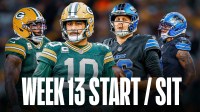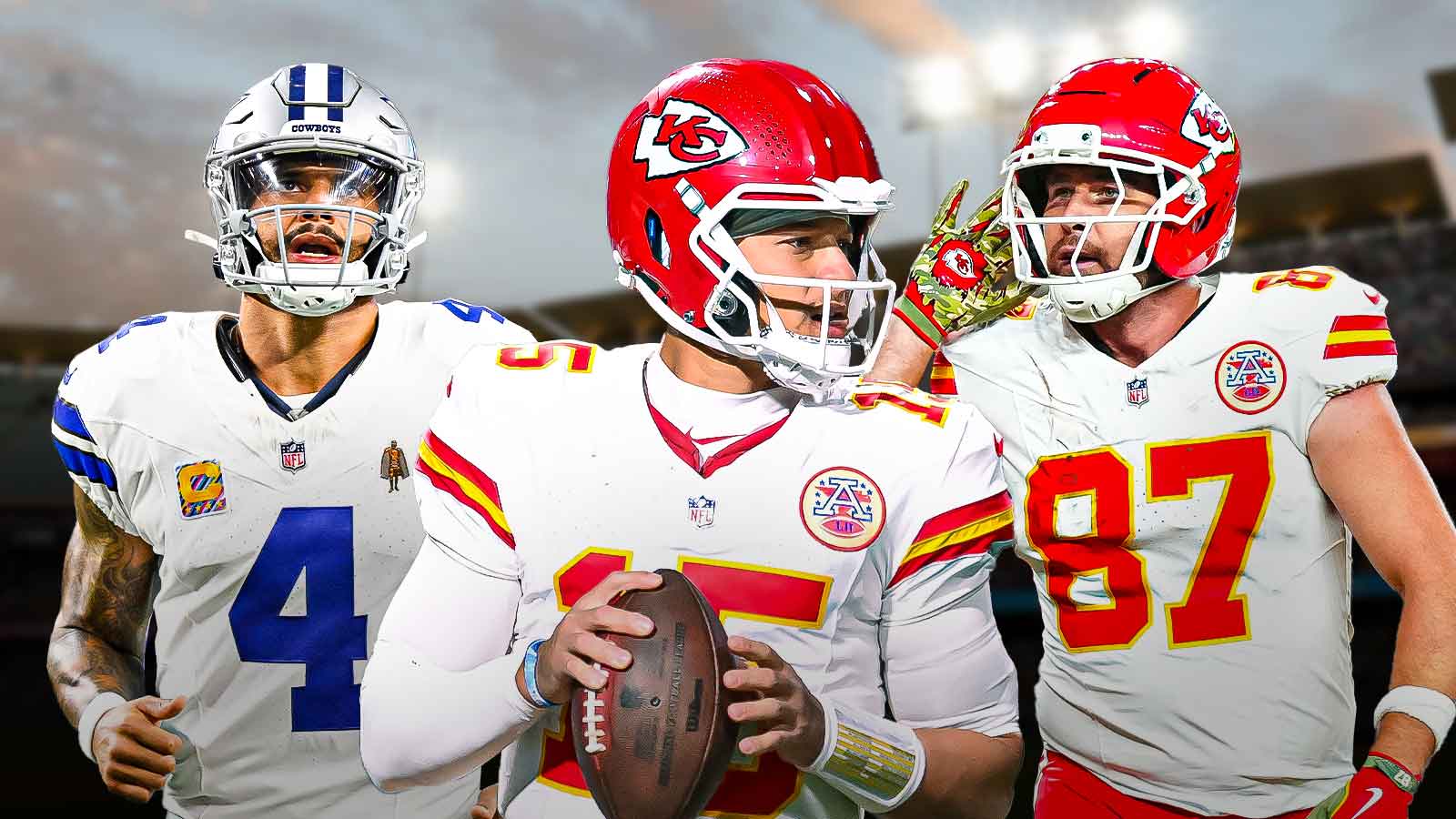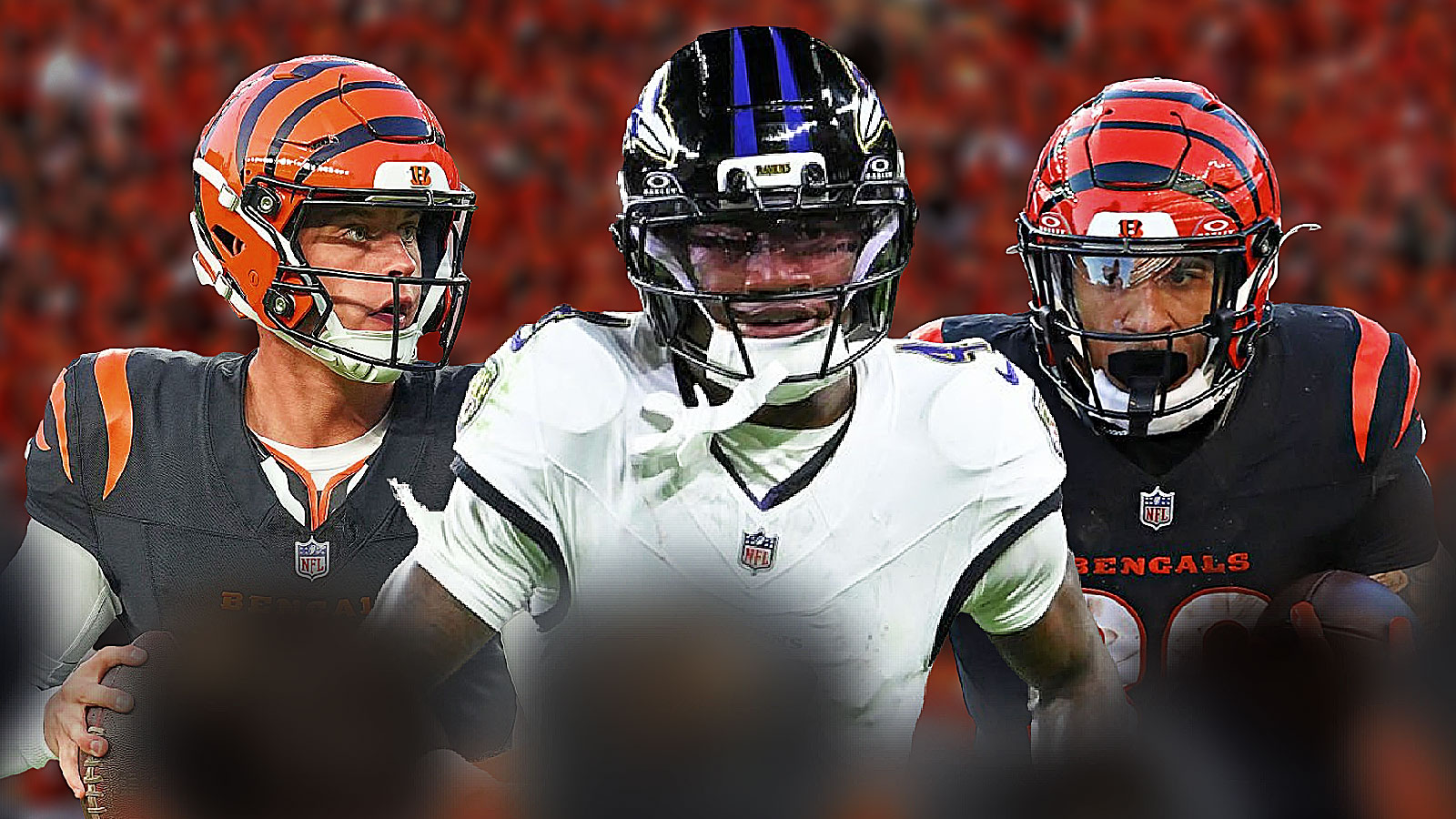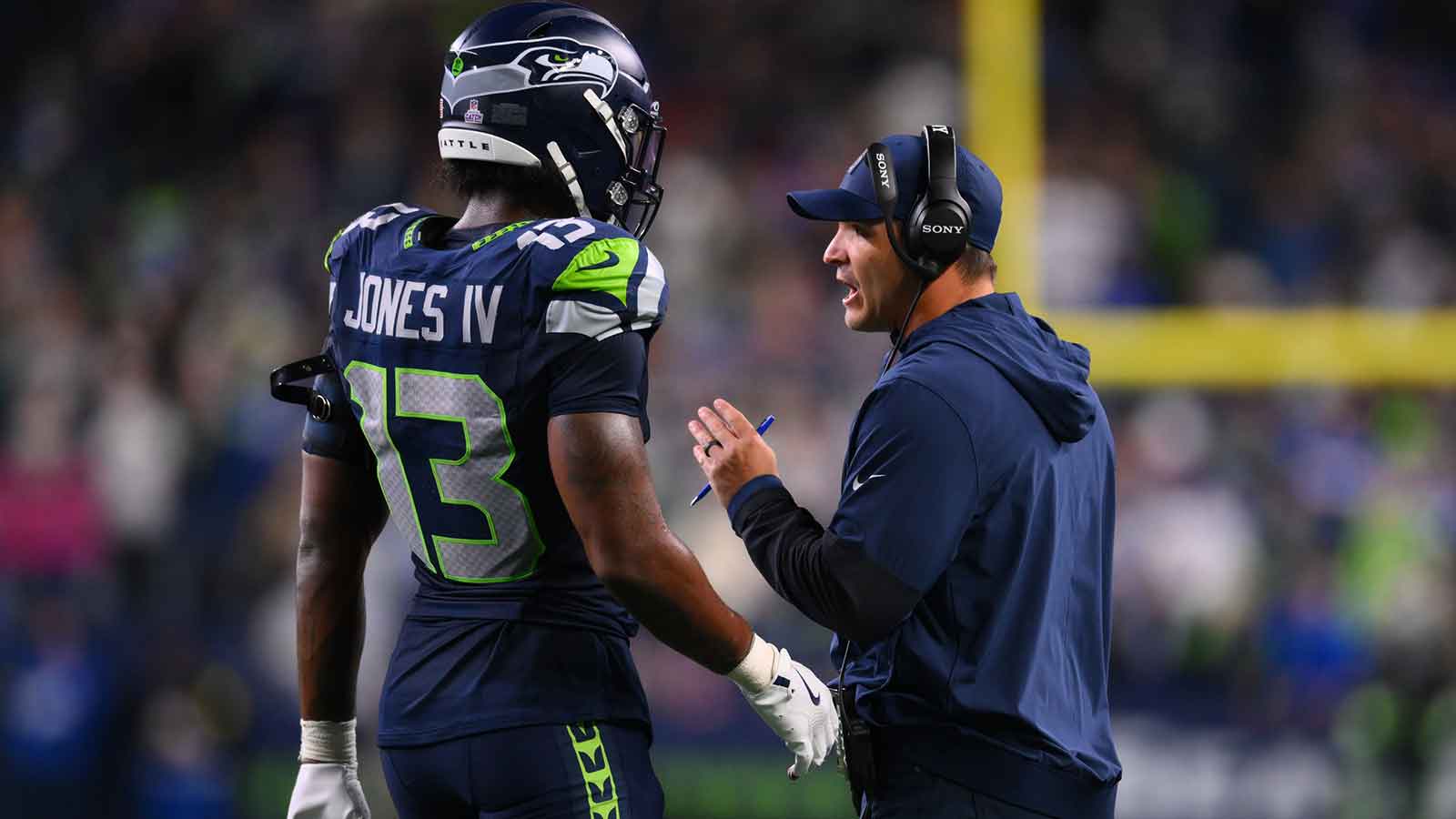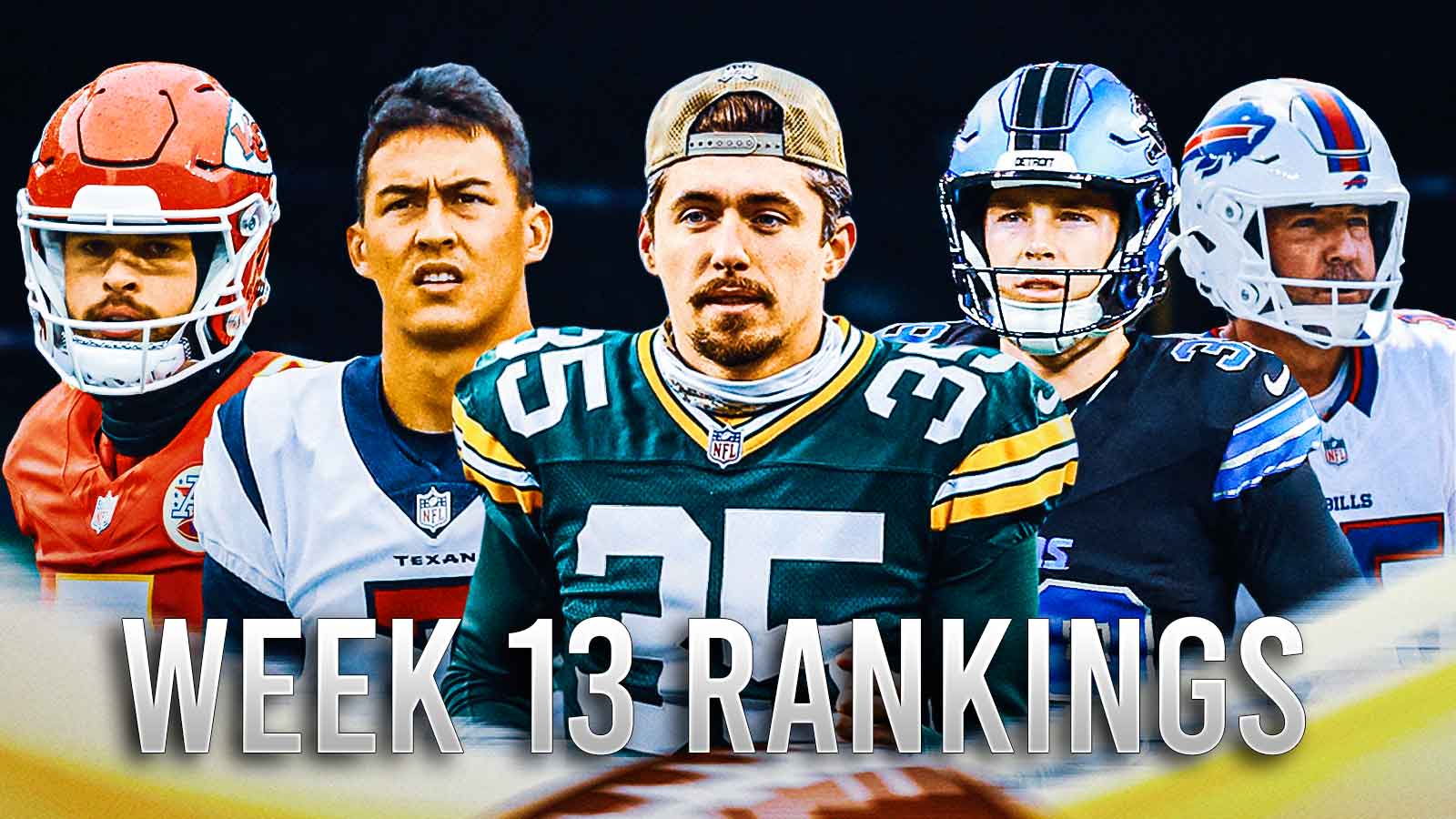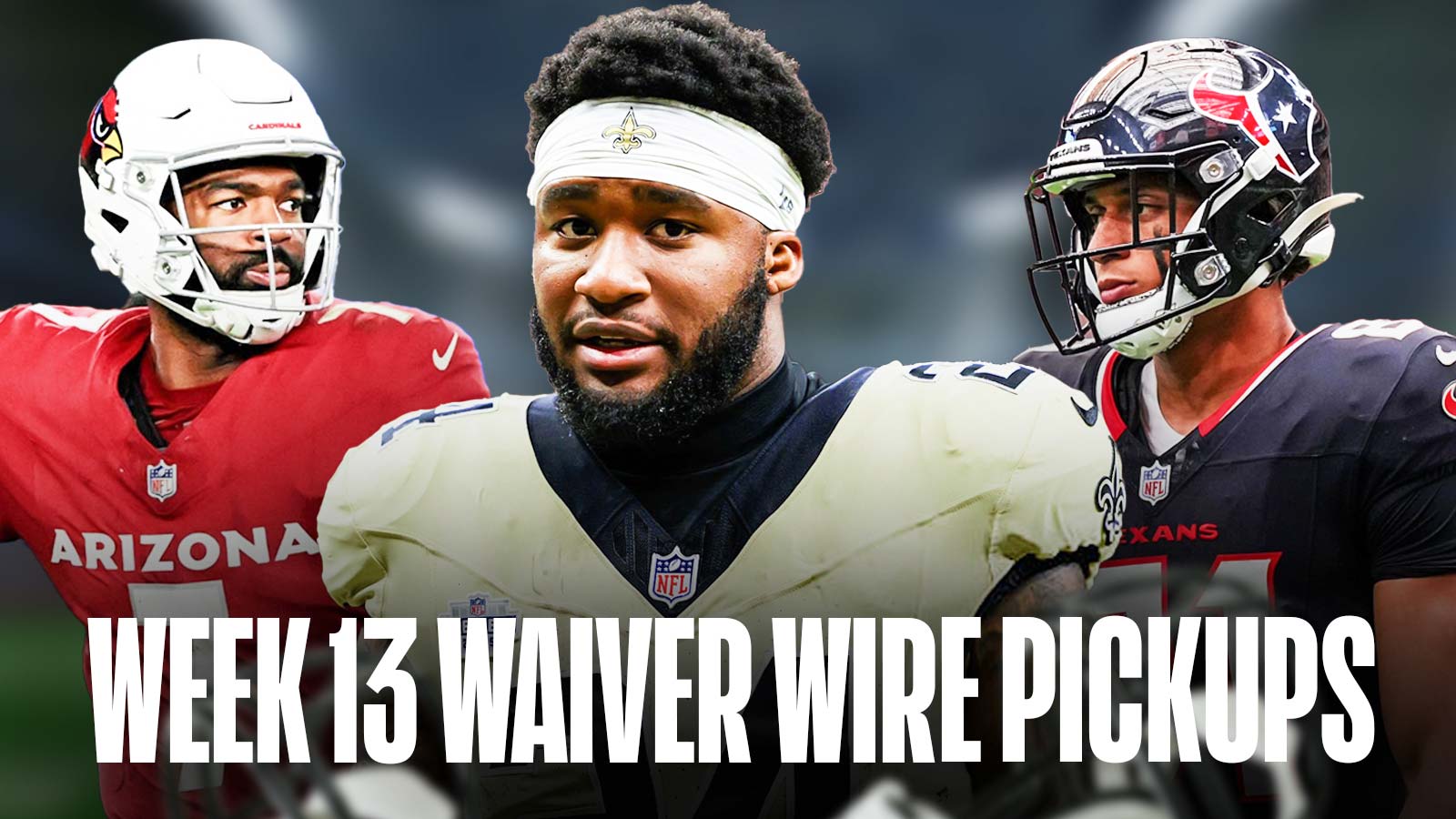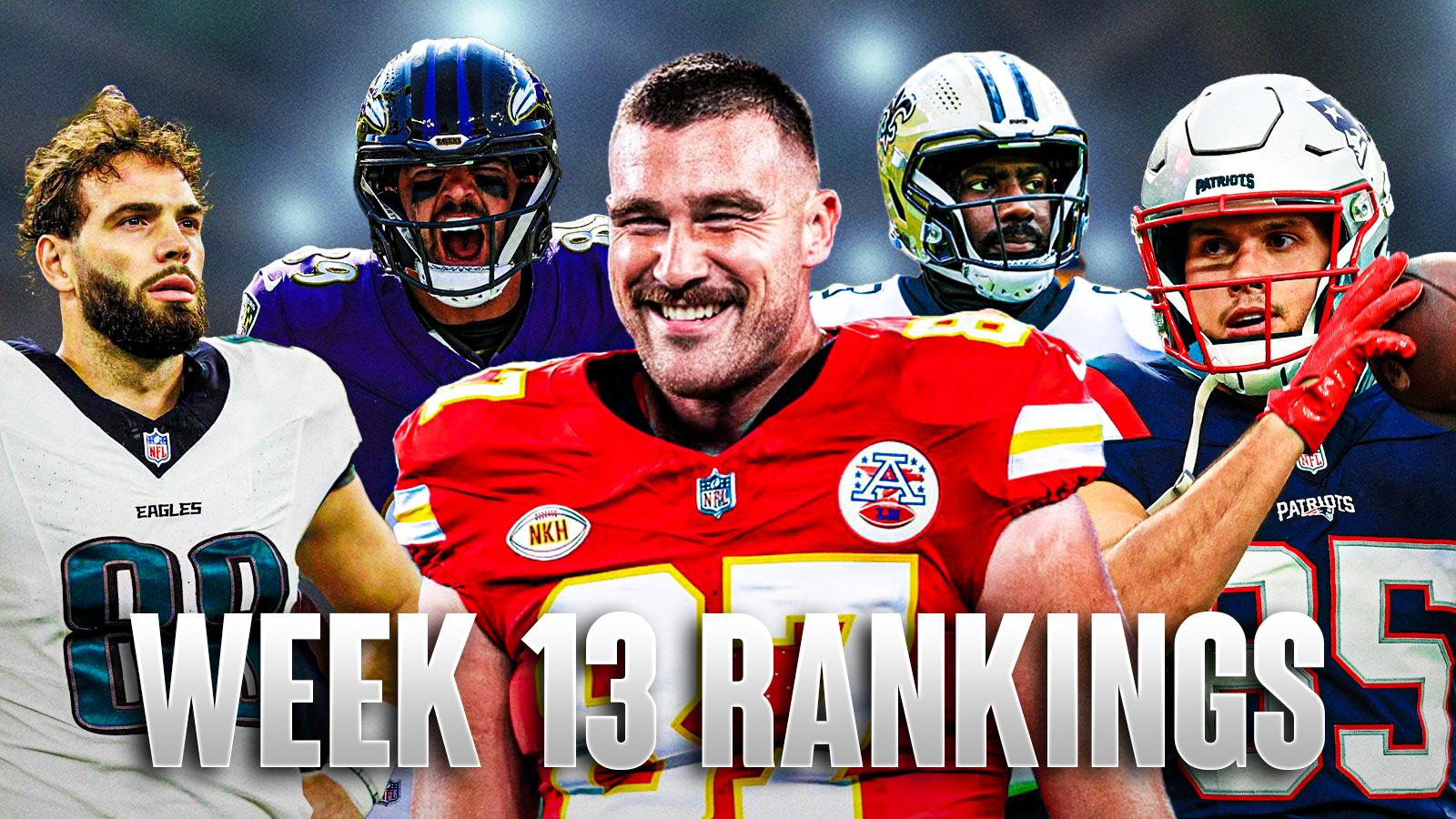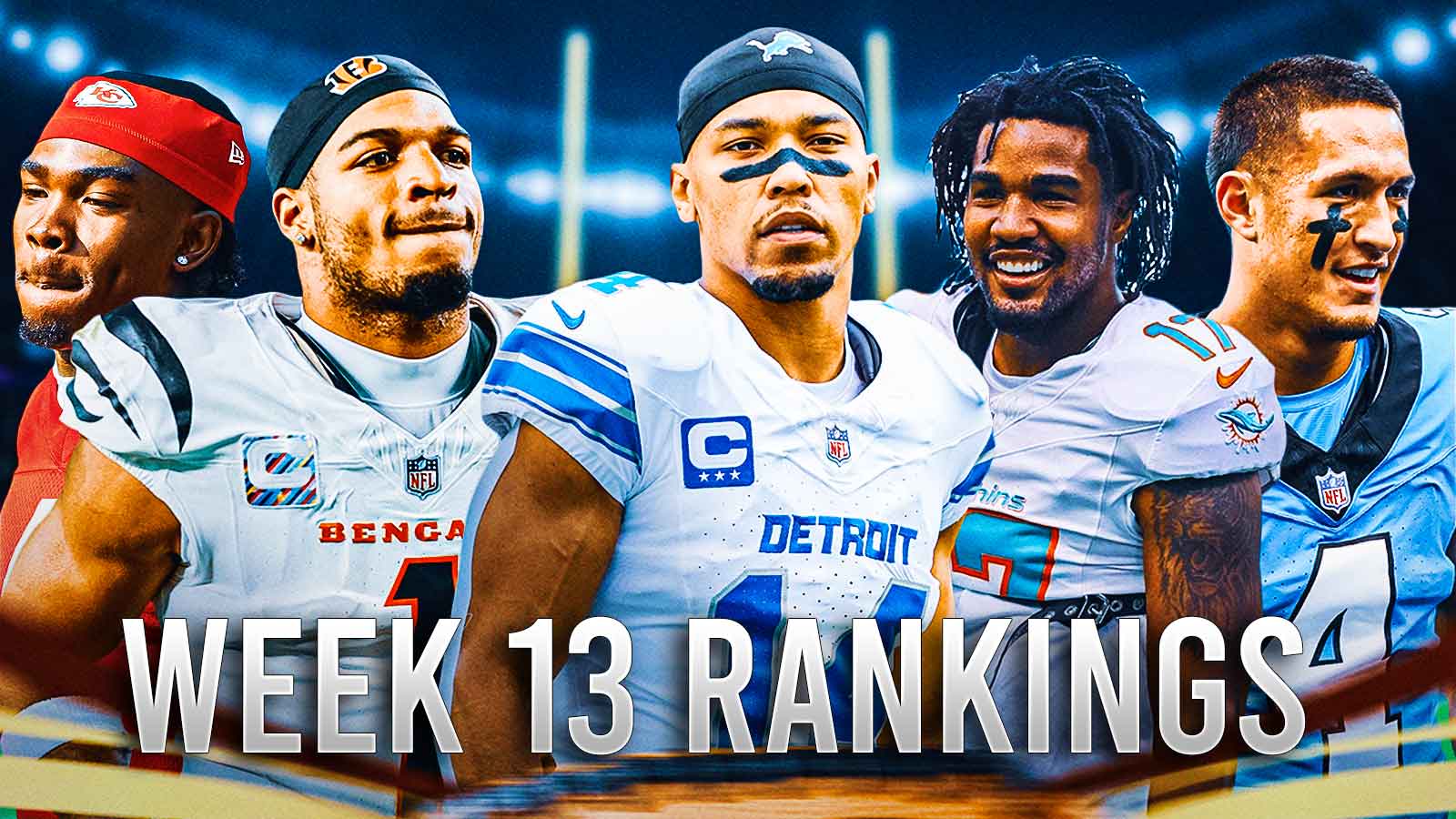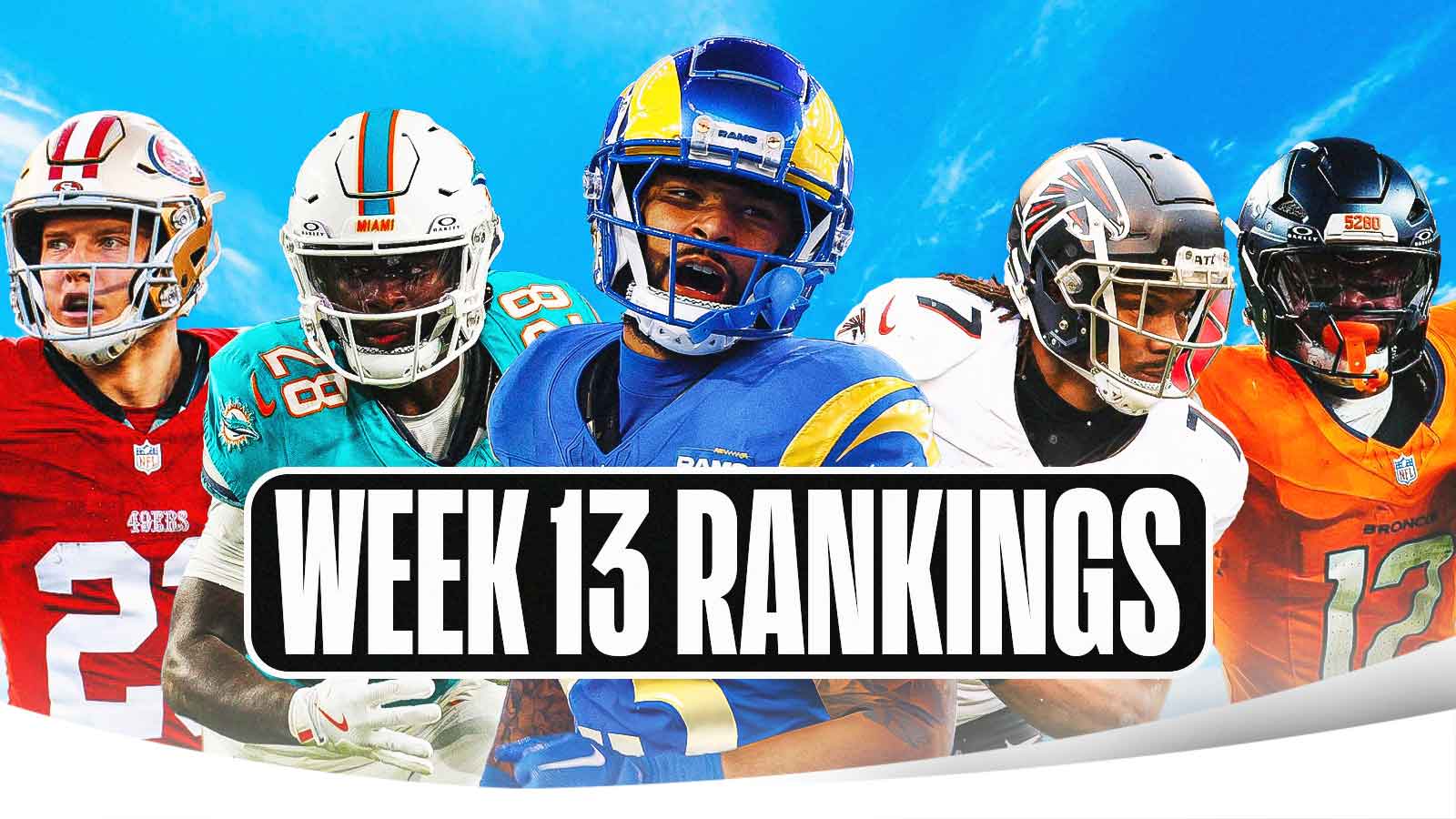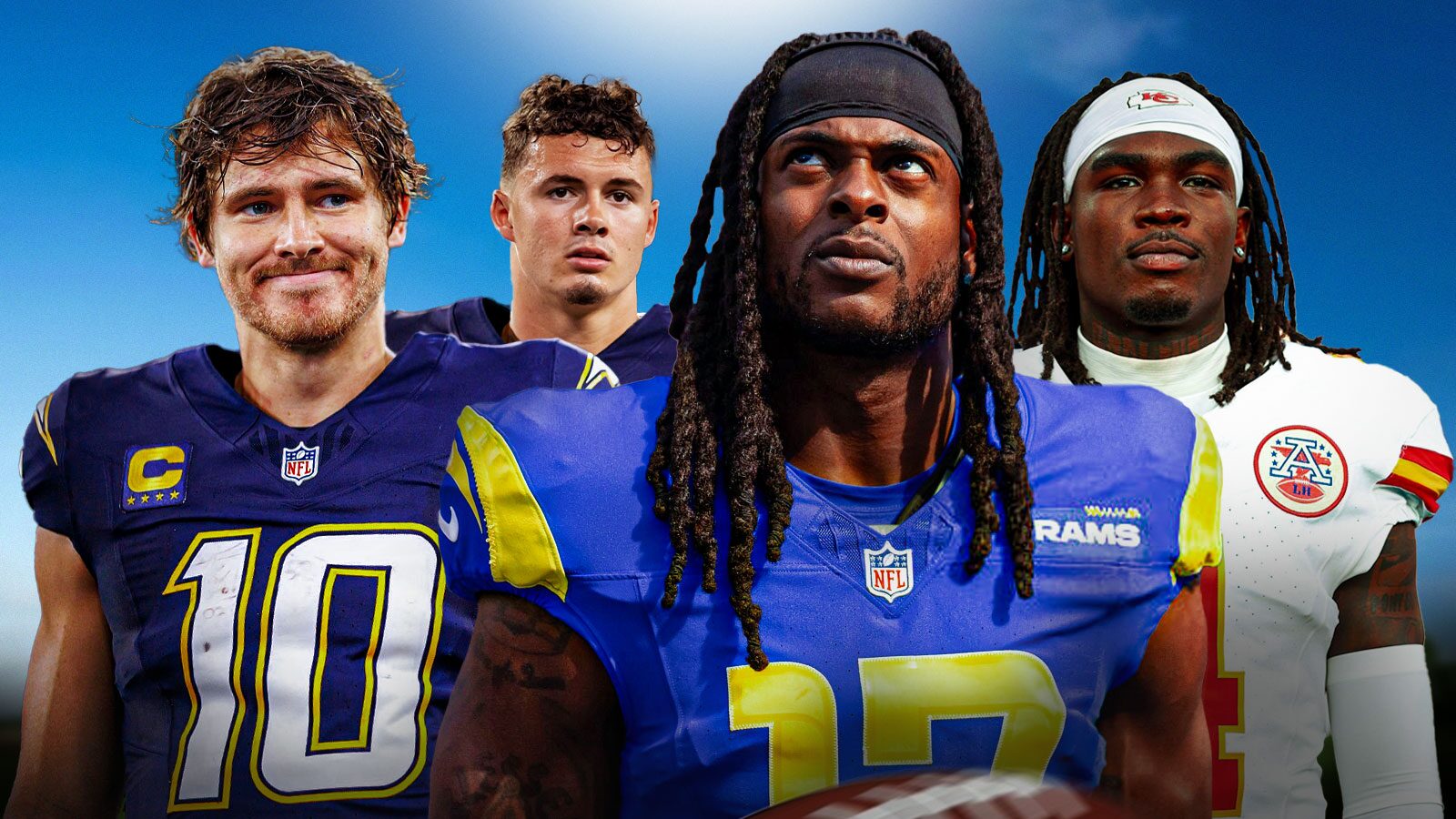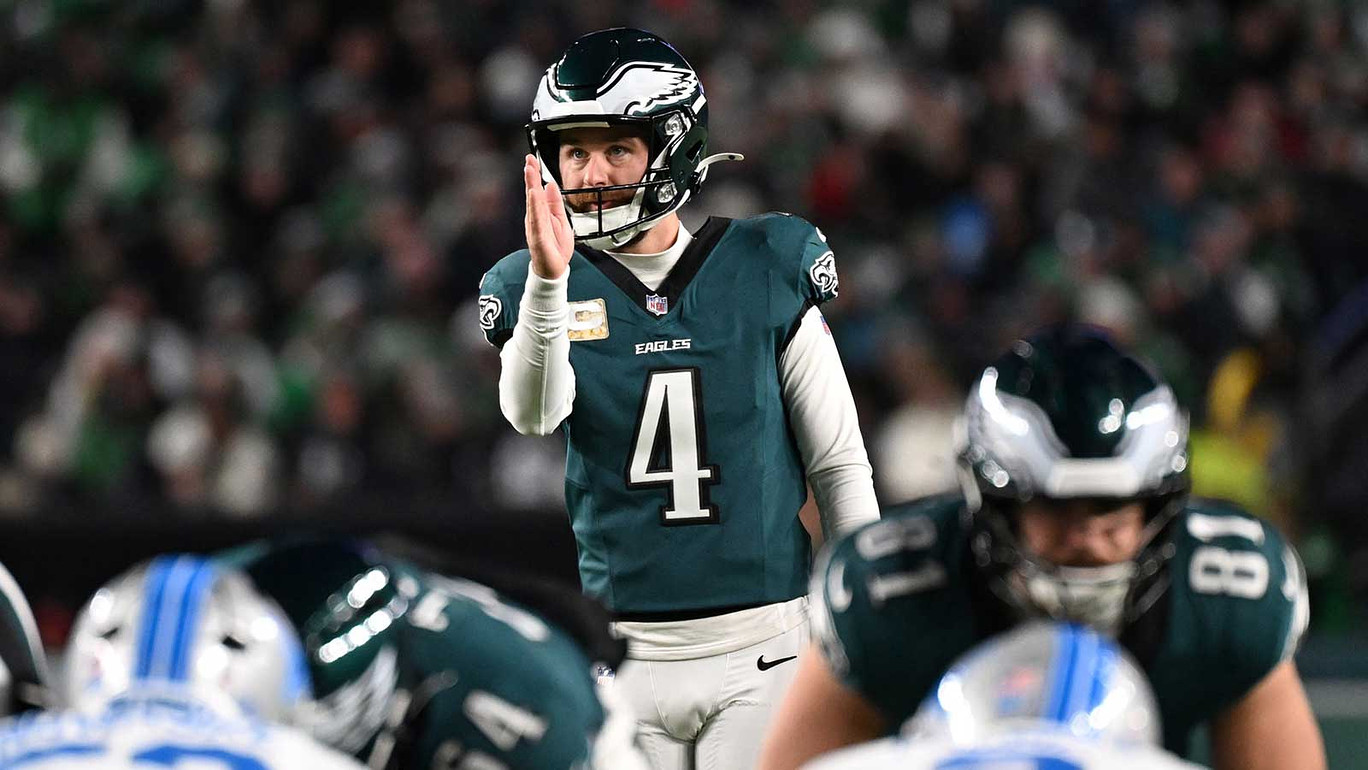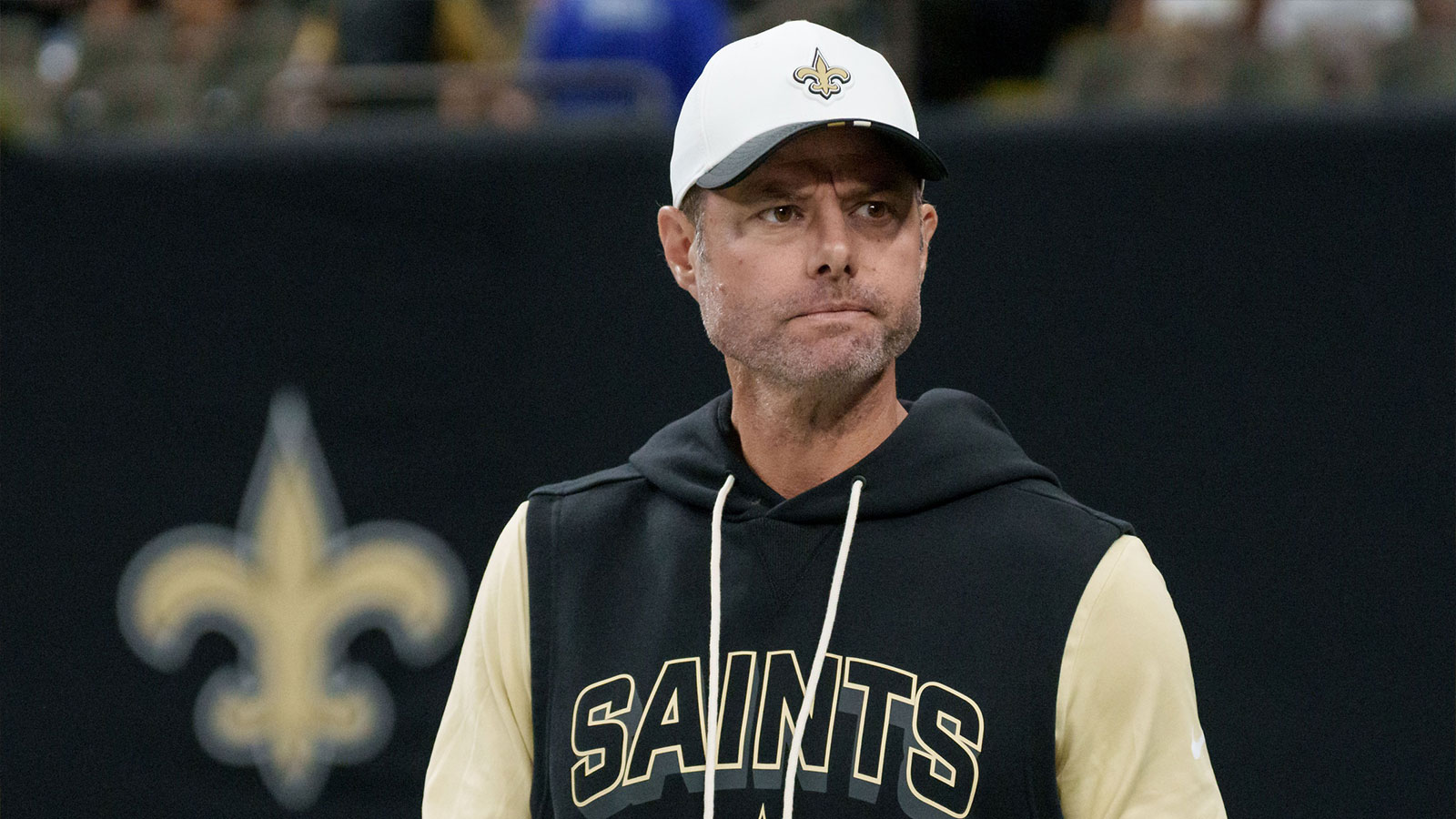The NFL's preseason is set to begin Thursday night. Well, ok, there was the Hall of Fame game between the Raiders and Jaguars last week, but does that really count? In any event, with the rest of the league set to begin playing against one another this weekend, that means fantasy football managers are likely getting deeper and deeper into their research.
There is always so much that goes into drafting a successful fantasy football team. There are a number of different strategies one can implement. But one thing is very clear, you must always be willing to be flexible and make adjustments on the fly.
You might have run a thousand mock drafts from your draft position and know exactly who you want to take with a specific pick. Then, all hell breaks loose and suddenly a stud you weren't expecting is there, but he plays a position of strength for your roster. What do you do? So, we needed to get that out of the way. Be prepared to scrap any plan or strategy you had going in.
But that does not mean there's no point in doing the research and a plan. It's quite the opposite. Think of it like poker, the more hands you have played (potential scenarios played out via mock drafts), the more prepared and informed you will be to make the correct decision.
Me at work 🆚 Me doing fantasy football research pic.twitter.com/EstGORnCtu
— FanDuel (@FanDuel) August 7, 2022
With that said, here are the three reasons why the Zero RB strategy is the way to go in fantasy football this year.
3 Reasons Zero RB is the Right Strategy for the 2022 Fantasy Football Season
1. Unpredictable Nature of Running Backs
For years, it was common place for running backs to be drafted throughout the entire first round. But that simply is not a good strategy anymore, for a couple of reasons. First, the majority of leagues now implement some form of point-per-reception (PPR). That might be a half point, full point or in certain strange leagues, a tenth of a point. Nevertheless, more and more leagues are rewarding players who catch passes. You aren't getting points for rushing attempts (again outside some strange commissioner who wants to punish his players). Receivers obviously, well, receive the ball more.
But more importantly, the fluctuation from season to season at the running back position is too volatile to trust.
There's an age old saying in fantasy football. You can't win your league in the first couple of rounds, but you can lose it. In other words, don't miss on your first few picks. Generally speaking, 60 to 70 percent of your weekly production comes from your top four players selected.
Running backs take a beating. Therefore, they get injured significantly more often than other positions. Just ask Christian McCaffrey owners from last season how that played out. Also, they are subject to being replaced as the starter at any time. If they cough up a couple fumbles early on, that could be their season. Ronald Jones II was supposed to be the star in Tampa Bay last year. He fumbled a couple times the first few weeks and essentially did not play again.
CMC is overrated never can stay healthy risky RB pick in Fantasy football https://t.co/BrxNJYXfku
— Ryan O'Malley (@romalley216) June 26, 2022
Wide receivers can fumble, nothing happens. Quarterbacks, at least ones drafted in fantasy football, can throw interceptions. Nothing happens. But running backs are a dime a dozen. Now all of that holds true every year, but that has been increasingly the case. Making Zero-RB even more pertinent.
2. Depth at Running Back in Fantasy Football Drafts
Another reason why the Zero RB strategy is a great way to dominate your league is because of the depth of backfields nowadays. Gone are the days where the vast majority of NFL teams employed a bell-cow running back approach. There are usually anywhere from three to six teams that do that now. That means the remaining 26 teams or so have at least two running backs used frequently.
In many cases, that second tailback is a scat back who is used on third downs. Third down has become predominantly passing down in the NFL. So, having the running back in the game when the QB is more likely to pass, only helps enhance opportunities.
J.D. McKissic and Nyheim Hines are perfect examples of players who fit this mold in fantasy football. Both McKissic and Hines have had stretches where they are scoring 10-20 points per week. That's good enough for RB2 numbers. Chase Edmonds and Cordarelle Patterson began in those roles last season and turned them into borderline RB1 seasons.
Deebo Samuel and Cordarrelle Patterson becoming two of the best RB’s in fantasy this year has been really incredible.
— Matthew Berry (@MatthewBerryTMR) November 28, 2021
3. Far More Locks Among Early WRs
Last year, McCaffrey, Dalvin Cook, Alvin Kamara, Derrick Henry, Aaron Jones, and Ezekiel Elliott all were consensus first round picks in fantasy football drafts. Of those, none of them returned first-round value over the entire season. Whether that was injury or inconsistency, it's a fact.
Meanwhile, Davante Adams, Cooper Kupp, Justin Jefferson all were drafted late first or early second round and balled out. Wide receivers are more dependable from year to year. The touchdown fluctuation from one season to the next among running backs is significantly more volatile.
The goal of the Zero RB strategy is to avoid running backs until at least round five. That means you are probably taking three or four wide receivers. You will add in either a quarterback or a tight end.
By employing this strategy, you are far more likely to collect the 60-70 percent of your weekly points from your top picks. But there are so many RB2's and RB3's available in the middle rounds. The aforementioned Edmonds is the starter in Miami and is going in the 6th round. J.K. Dobbins is going in that range as well and is expected to have a big, bounce back season.
Tony Pollard is a beautiful handcuff who Dallas plans on getting on the field as a receiver. You can draft him in the 8th. The list honestly goes on and on. But because you did not draft a running back early, you should end up with at least six to eight on your roster. You want to increase the likelihood that two of those become RB2's.
If that happens, and you are sitting with stacked receivers, you are in great shape.




